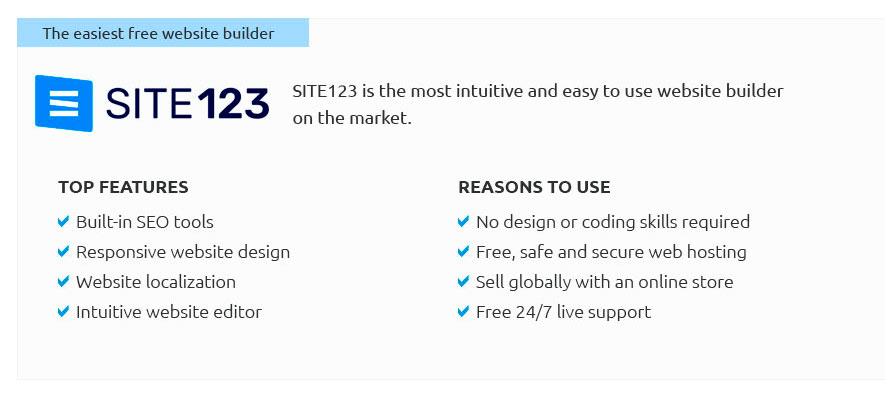 |
 |
 |
 |
|
 |
 |
 |
|
 |
|
 |
 |
|
 |
|
 |
|
 |
 |
Creating a Website to Sell Products: Expert Tips and AdviceIn today's digital age, establishing an online presence is not just beneficial-it's imperative. Whether you're a seasoned entrepreneur or a fledgling artisan, the ability to create a website to sell products effectively can significantly impact your success. The journey of building an e-commerce platform is multifaceted, involving a blend of creativity, technical skills, and strategic planning. Allow me to guide you through this process, providing insights and expert advice along the way. First and foremost, the choice of a platform is crucial. There are myriad options available, each with its own set of advantages and drawbacks. Platforms like Shopify and WooCommerce are popular due to their user-friendly interfaces and robust functionalities. Shopify is particularly appealing for those who prefer an all-in-one solution, providing hosting, themes, and support. Conversely, WooCommerce, a WordPress plugin, offers more flexibility and control, making it a favorite among those with some technical prowess. Next, let us delve into the design aspect. Aesthetics play a pivotal role in capturing and retaining customer interest. Your website should reflect your brand's identity through cohesive color schemes, logos, and imagery. Remember, simplicity is often key; a cluttered design can overwhelm and deter potential buyers. Prioritize user experience by ensuring your website is intuitive and easy to navigate. Thoughtfully categorize products and use high-quality images to provide a true sense of your offerings.
Furthermore, the integration of secure and reliable payment gateways cannot be overstated. Trust is the cornerstone of e-commerce, and providing safe, seamless transactions is paramount. Options such as PayPal, Stripe, and Square are well-regarded for their security features and ease of use. Additionally, consider offering multiple payment methods to cater to diverse customer preferences. Marketing your website is the next critical step. An expertly crafted website is futile without traffic. Employ a mix of digital marketing strategies such as social media advertising, email campaigns, and content marketing. Social media platforms like Instagram and Facebook are invaluable for reaching broader audiences, while email marketing can nurture relationships with existing customers. Blogging is another potent tool; it not only drives traffic but also establishes you as an authority in your niche. Lastly, customer service should not be an afterthought. Offering excellent support can significantly differentiate your brand. Whether through live chat, email, or phone, ensure customers can easily reach you with queries or concerns. Implementing a FAQ section on your site can also preemptively address common questions, enhancing the shopping experience. In conclusion, creating a website to sell products is an art that blends functionality with aesthetics, strategy with creativity. While the process might seem daunting, approaching it with a structured plan and a willingness to adapt can yield fruitful results. Remember, the online marketplace is dynamic; staying informed about trends and continuously optimizing your site will position you for long-term success. Embrace the digital landscape with confidence, and watch your entrepreneurial dreams take flight. https://www.wix.com/blog/how-to-make-a-website-to-sell
How to make a website to sell products: create your online store for any stuff. https://www.shopify.com/blog/how-to-make-a-website-to-sell
Determine the purpose and target audience of your website - Choose a domain name and web hosting service - Design and develop your website ... https://www.reddit.com/r/webdev/comments/cax1w4/how_does_one_create_a_website_that_can_sell/
If you're not a IT specialist, look for companies that offer the service. Otherwise I would look for default webshop software and host it on a ...
|